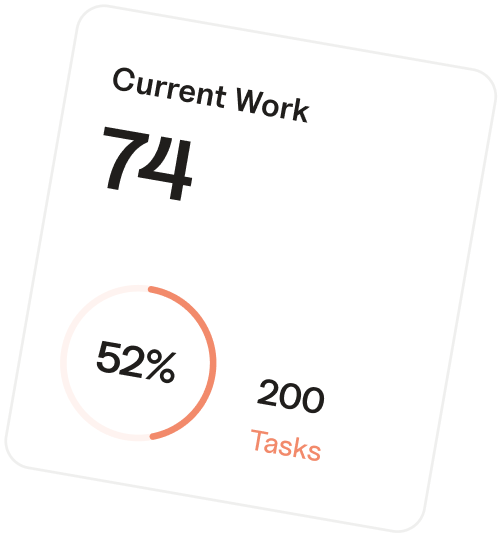
In a world where attention is scattered and time is limited, mastering how you organize tasks can be the difference between daily chaos and steady progress. Leading task organization isn’t just about keeping a to-do list — it’s about designing a routine that supports clarity, focus, and consistent execution.
Whether you’re managing solo tasks or juggling team responsibilities, upgrading your work routine starts with how you plan, track, and complete your work. Here’s how leading task organization strategies can transform the way you work.
One of the biggest productivity killers is scattered information — tasks in your email, sticky notes on your desk, reminders on your phone. A leading task organization system consolidates everything into one reliable hub.
Use a task management app like:
Centralizing tasks helps prevent things from falling through the cracks and gives you a complete picture of what needs attention.
Not all tasks are created equal. High-impact task organization involves prioritizing intentionally and grouping by context so you’re not constantly switching gears.
Try this system:
You can also tag tasks by location, tool, or type (e.g., @email, @meeting, @deep work) to batch similar tasks together for better focus.
A vague task like “Work on presentation” can sit untouched for days. Leading task organization involves breaking large items into clear, bite-sized actions like:
This level of detail removes ambiguity, boosts momentum, and makes even the most intimidating projects feel manageable.
Top performers don’t rely on willpower — they rely on systems. Start your day with a quick planning session using your task manager.
Your daily planning can include:
This 5–10 minute routine can dramatically increase clarity and reduce mid-day decision fatigue.
Task organization isn’t just about doing — it’s also about learning. Leading systems include regular reflection so you can adjust and improve.
Try weekly reviews where you:
Over time, you’ll spot patterns, improve time estimates, and fine-tune your workflow.
The most effective task organization system fits into your existing tools and habits — not on top of them.
Look for integrations with:
Automation features like recurring tasks, reminders, or triggered workflows can also reduce manual work and keep your system running smoothly.



